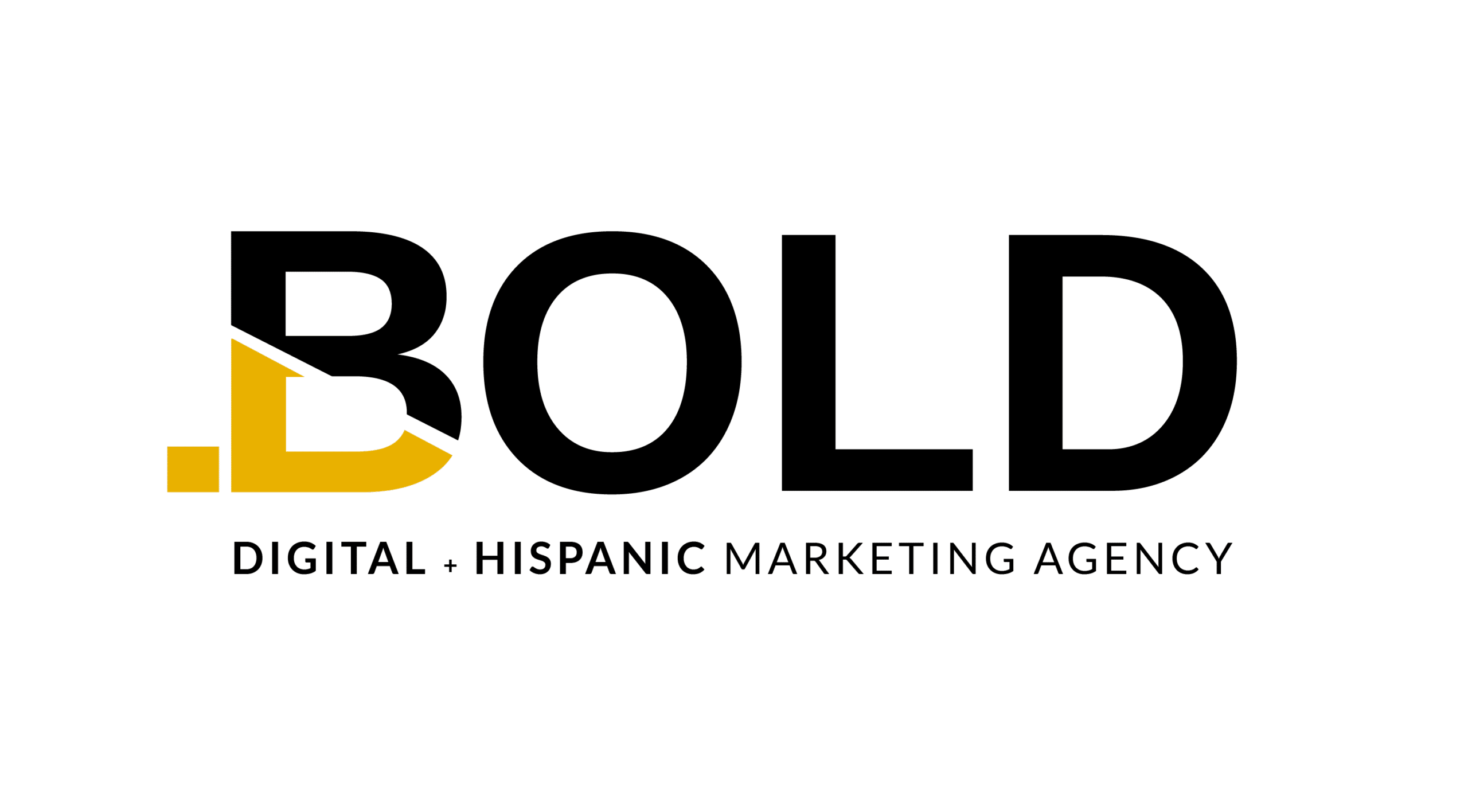Customer Journey: What it is and how to create it
Have you ever wondered how your customer reaches your product? What does he/she need to acquire your service? What are the obstacles he/she encounters?
Reading your customers’ minds can be a challenge, but putting yourself in their shoes is the best way to understand their behavior and needs.
Think a moment about all the steps you take when purchasing a product or service. The whole process or journey you go through is known as the customer journey. In other words, it is the sequence of steps your customer takes to obtain your product or service.
Why is it useful for me to understand this process?
“Mapping” this journey allows us to understand the purchasing process, what the customers’ needs are, how they move, what items they research and what they need to move forward. Identifying this path will help us optimize it.
Stages of the customer journey
Usually, before a customer makes a purchase, he has gone through several stages, which are also known as touchpoints.
We can typically consider 5 phases:
- Product Awareness: Users become aware of a need and want to fulfill it. This is the perfect moment to grab their attention.
- Consideration: They are interested in making a purchase and are weighing out their options. They research and compare other products, suppliers, etc.
- Purchase: The customer decides to purchase the product. This process must be smooth to end successfully.
- Retention: Your satisfied customers. The customer experience is crucial to generate loyalty and attract new customers.
How do we create these steps?
It’s time to get moving and start mapping the customer journey. You can define it easily with these simple steps:
- Define your objectives: Which direction you want this to go, what will be your featured product or service, and which experience will it be based on.
- Identify your buyer persona: It is important to research and define your ideal customer. This is the person who will make the “journey” to reach your product. In our article “How to Define My Ideal Client”, we explain how to define and build your ideal client.
- Choose the buyer persona that best represents your target audience. Remember that you can have more than one. The customer journey map tracks a type of customer who follows a specific path.
- List the touchpoints: These are all the places where the customer can interact with your brand, like social media, your website, paid ads, email, etc.
- Describe the behaviors or experiences: These are the actions your customer will take while interacting with your brand. These can be internet searches, asking questions, comparison shopping, visiting your website several times, etc.
- Obstacles and Challenges: Identifying these allows you to understand what prevents your customer from purchasing your product or service. For example, it is common for price to be an obstacle, payment methods, shipping fees, a non-user-friendly website, etc.
- Choose what to show on your map: Depending on the type of purpose, your map may reflect some of these characteristics:
- A current state map that visualizes the actions, emotions, and thoughts that customers experience when interacting with your brand.
- Forecasting the actions you believe the customer will take during the buying process. It serves to help establish clear objectives.
- Reflecting daily life is a much broader type of map, as it shows all the customers’ actions, interacting (or not interacting) with your brand. You can obtain customers’ needs from this.
- A service map showing a more simplified journey that includes experiences that serve to optimize the product acquisition process.
- Necessary resources: Make a list of the resources you have or will need to optimize your customer journey. You can determine the tools or the investment you will need to improve your process and facilitate your user’s journey.
Finally, put yourself in your customers’ shoes and test out the journey yourself. Analyze and study each step or action you must take to obtain the product or service. Ask yourself: Was it easy to obtain, or did it take me a long time? At which point do I decide to abandon the process, and is it user-friendly?
Analyzing this entire journey will allow you to make the necessary changes and get a clearer picture of your customers’ journey. Providing them with the best experience and optimizing it will allow you to build customer loyalty and be successful.
Now, let’s get to work with this instructional material we have created for you!
A tool that will allow you to learn more about your Customer’s Journey and build it so that you can optimize it and generate more sales.




